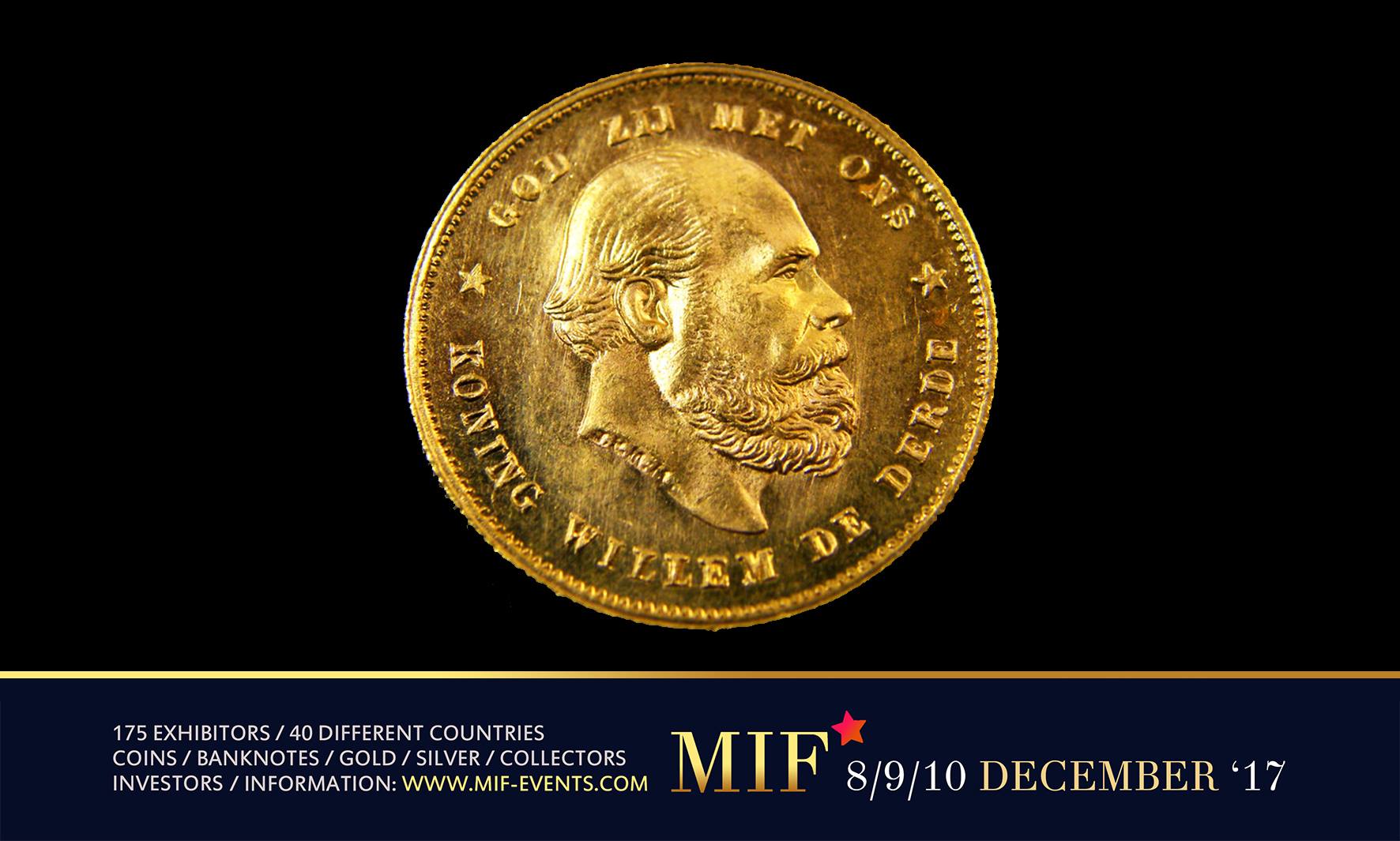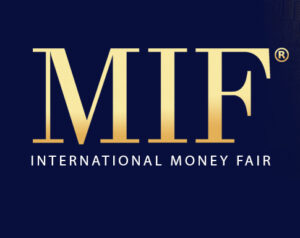
The Dutch guilder or fl. was the currency of the Netherlands from the 17th century until 2002, when it was replaced by the euro. Between 1999 and 2002, the guilder was officially a “national subunit” of the euro.
However, physical payments could only be made in guilder, as no euro coins or banknotes were available. The Netherlands Antillean guilder is still in use in Curaçao and Sint Maarten (two countries in the Kingdom of the Netherlands), but this currency is distinct from the Dutch guilder. In 2004, the Surinamese guilder was replaced by the Surinamese dollar.
The Dutch name gulden was a Middle Dutch adjective meaning “golden”, and the name indicates the coin was originally made of gold. The symbol ƒ or fl. for the Dutch guilder was derived from another old currency, the florin.
The exact exchange rate, still relevant for old contracts and for exchange of the old currency for euros at the central bank, is 2.20371 Dutch guilders (NLG) for 1 euro (EUR). Inverted, this gives EUR 0.453780 for NLG 1.
Before the introduction of the first guilder, there were regional and foreign golden coins that were likely referred to as “gulden” in Dutch. The first internationally accepted Dutch coin called gulden dates from 1517: the Carolusgulden (not to be confused with the English Carolus). Even before that, the County of Holland had minted golden coins since 1378.
An early guilder, a 10.61-gram .910 silver coin, was minted by the States of Holland and West Friesland in 1680. The original guilder design featured Pallas Athena standing,holding a spear topped by a hat in her right hand, resting with her left forearm on Gospels set on an ornate basis, with a small shield in the legend.
This guilder was divided into 20 stuivers, each of 8 duiten or 16 penningen. The guilder gradually replaced other silver coin denominations circulating in the United Netherlands: the florijn (28 stuivers), the daalder ( 1 1⁄2 guilders or 30 stuivers), the rijksdaalder ( 2 1⁄2 guilders or 50 stuivers), the silver ducat ( 2 1⁄2 guilders or 50 stuivers) and the silver rider ducaton (3 guilders or 60 stuivers).
Between 1810 and 1814, the Netherlands was annexed to France and the French franc circulated. After the Napoleonic wars, the Kingdom of the Netherlands readopted the guilder. In 1817 it became decimalised, with one guilder equal to 100 cents.
However, it was not until 1848 that the last pre-decimal coins (many of which dated back to the 17th century) were withdrawn from circulation, whilst some of the new, decimal coins continued to bear nicknames based on their values in the older currency system through to the 21st century. Until 1948, the plural of cent used on coins was centen, after that it was cent.
The Netherlands was initially on a bimetallic standard, with the guilder equal to 605.61 milligrams of fine gold or 9.615 grams of fine silver. In 1840, the silver standard was adjusted to 9.45 grams, with the gold standard suspended in 1848. In 1875, the Netherlands adopted a gold standard with 1 guilder equal to 604.8 milligrams of fine gold. The gold standard was suspended between 1914 and 1925 and was abandoned in 1936.
Following the German occupation, on 10 May 1940, the guilder was pegged to the Reichsmark at a rate of 1 guilder = 1.5 Reichsmark. This rate was reduced to 1.327 on 17 July of the same year. The liberating Allied forces set an exchange rate of 2.652 guilders = 1 U.S. dollar, which became the peg for the guilder within the Bretton Woods system. In 1949, the peg was changed to 3.8 guilders = 1 dollar, approximately matching the devaluation of the British pound. In 1961, the guilder was revalued to 3.62 guilders = 1 dollar, a change approximately in line with that of the German mark.
After 1967 guilders were made from nickel instead of silver.
In 2002, the guilder was replaced by the euro at an exchange rate of 2.20371 guilders = 1 Euro. Coins remained exchangeable for euros at branches of the Netherlands Central Bank until 1 January 2007. Banknotes valid at the time of conversion to the euro may be exchanged there until 1 January 2032.
[Coins]
The gold 1 and 2 ducat and silver ducat (rijksdaalder) are still minted today as bullion coins.In the 18th century, coins were issued by the various provinces. There were copper 1 duit, silver 1, 2, 6 and 10 stuivers, 1 and 3 guilders, 1⁄2 and 1 rijksdaalder and 1⁄2 and 1 ducaton. Gold 1 and 2-ducat trade coins were also minted.
Between 1795 and 1806, the Batavian Republic issued coins in similar denominations to the earlier provincial issues. The Kingdom of Holland minted silver 10 stuivers, 1 florin and 1 guilder (equivalent), 50 stuivers and 2 1⁄2 guilder (also equivalent) and 1 rijksdaalder, along with gold 10 and 20 guilders. Before decimalization, the Kingdom of the Netherlands briefly issued some 1 rijksdaalder coins.
In 1817, the first coins of the decimal currency were issued, the copper 1 cent and silver 3 guilders. The remaining denominations were introduced in 1818. These were copper 1⁄2 cents, silver 5, 10 and 25 cents, 1⁄2 and 1 guilder, and gold 10 guilders. In 1826, gold 5-guilder coins were introduced.
In 1840, the silver content of the coinage was reduced (see above) and this was marked by the replacement of the 3-guilder coin by a 2 1⁄2-guilder piece.
The gold coinage was completely suspended in 1853, five years after the suspension of the gold standard. By 1874, production of silver coins greater in value than 10 cents had ceased, to be only fully resumed in the 1890s. Gold 10 guilder coins were struck again from 1875. In 1877, bronze 2 1⁄2-cent coins were introduced.
In 1907, silver 5 cent coins were replaced by round, cupro-nickel pieces. These were later replaced in 1913 by square shaped 5 cent pieces. In 1912, gold 5 guilder coins were reintroduced but the gold coinage was ended in 1933. The 1/2 guilder saw discontinuation after 1930. Throughout the Wilhelmina period, a number of infrequent changes were made to the 10 and 25 cent coins as well, with the largest changes being periodic updates of the Queen’s effigy and smaller changes to designs on the reverse (back).
In 1941, following the German occupation, production of all earlier coin types ceased and zinc coins were introduced by the occupational government for 1, 2 1⁄2, 5, 10 and 25 cents. Large quantities of pre-war type silver 10 and 25 cents and 1-guilder coins were minted in the United States between 1943 and 1945 for use following liberation. Afterwards, the zinc coins were quickly demonetized and melted.
In 1948, all half cents and 2 1⁄2 cents were taken out of circulation, though no further production of either denomination had continued after 1940 and 1942, respectively. New bronze 1 and 5 cent coins featuring Queen Wilhelmina on the obverse were issued, phasing out previous types. At the same time, new nickel 10 and 25 cent coins were introduced.
In 1949, 1 and 2 1⁄2 guilder banknotes were introduced. Five years later, the silver 1-guilder coin was reintroduced, followed by the silver 2 1⁄2-guilder coin in 1959. The silver content was replaced with nickel in 1967, although no 2 1⁄2-guilder coins were minted in 1967 and 1968. The silver coins were demonetized in 1973. In 1950, Queen Juliana’s profile replaced the image of Wilhelmina on the obverse (front) of all coins.
In 1980, production of the one cent coin ceased and was demonetized the same year. Soon after, it was decided to replace the 5 guilder banknote with a coin of the same value. However, it wasn’t until 1988 that a bronze-coated nickel 5 guilder coin was finally introduced. The 5-guilder banknote remained legal tender until 1995.
The 2 1⁄2 guilder coin gradually began losing widespread use shortly after the introduction of the 5 guilder coin, and mintage figures for the denomination declined until the discontinuation of the guilder. 1980 also saw a circulating two coin commemorative series of 1 and 2 1⁄2 guilder coins celebrating Queen Beatrix’s ascension to the throne.
All circulating coins went through a complete redesign in 1982, a short while after Queen Beatrix’s coronation. They depict abstract designs featuring grids and a layered silhouette profile of the Queen as opposed to the more formal designs of the previous generation of coins. Production of these coins ceased after 2001.
At the time of withdrawal, the following denominations of coins were circulating:
5 cents – stuiver—the name survived, although the stuiver had not been an official subunit of the guilder since decimalisation in 1817;
10 cents – dubbeltje (“little double”)—being small enough to fit into the center hole of a compact disc,[7] it was the smallest coin in circulation. It was worth two stuivers, hence the name;
25 cents – kwartje (“little quarter”)—the kwartje was smaller than the stuiver, though larger than the dubbeltje and the cent;
1 guilder – gulden, colloquially piek;
2 1⁄2 guilders – rijksdaalder, colloquially riks or knaak;
5 guilders – vijfje (“little five”);
All the coins carried a profile image of the Queen on the obverse and a simple grid on the other side. The 1-guilder, 2 1⁄2-guilder, and 5-guilder coins had God zij met ons (“God be with us”) inscribed on the edge.



